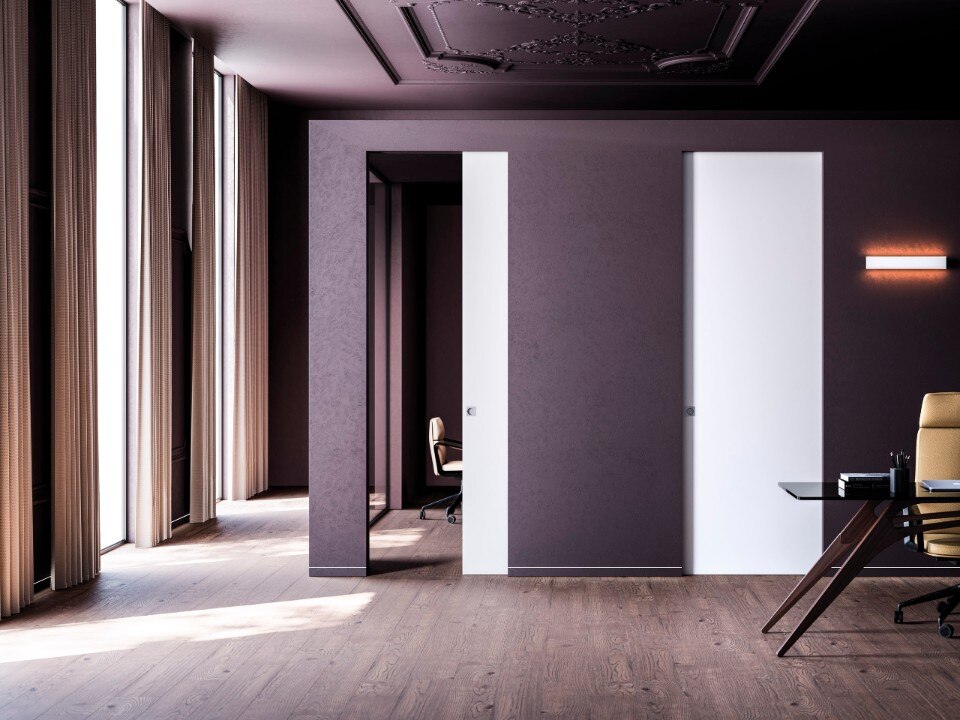After a six-week workshop with Fouineteau, a French company specialised in working with metal wire, where she had an opportunity to develop a number of prototypes, Pauline can claim to have developed a fair experience with at least three themes: two aesthetic (the optical effect and constant distortion of the wire) and a third functional one (a system of clips that reduces the number of joins).
Last year, an encounter with Alessi via Konstantin Grcic, with whom the French designer worked for a couple of years, took her exploration to another level, that of production. Pauline designed a family of four objects, all in stainless-steel wire: a fruit bowl, a citrus basket, a waste-paper basket and a dish-drainer.
"Steel wire is a material everyone is familiar with", says the French designer. "That is why there was a challenge to bring a breath of fresh air and work on the language." And to maintain its most important quality, the legibility of the resulting objects. The final effect is almost 2D. Two and three dimensions become one like a work of graphic art. The extra step was to try adding new functions such as the dish-drainer, which becomes a support for the tray. The best visiting card for a designer, after the market response, is the client's satisfaction and Pauline received confirmation that she had achieved her aim when Alberto Alessi said enthusiastically, "The difficulty lies in managing to create something that is actually simple but does not repeat existing forms in the great ocean of contemporary industrial production. Pauline has succeeded in producing a family of steel-wire objects that not only have a prime impact but also convey a promising sense of freshness and innovation."
The design of the packaging also pursues simplicity – or a new simplicity. A sheet of paper envelopes each object like the first articles sold by Alessi. Meticulous, precise and attentive to even the tiniest detail, Pauline has left nothing to chance not even the name of the collection, A Tempo. "It is a collection that contains movement, a sort of crescendo", explains the designer who has lived and worked in Munich for some years now.
What about future projects, after the steel wire? She has stopped working in Konstantin Grcic's practice and opened her own in January. Now, she is working for Muji and completing a competition design for the city of Munich, which has asked her to study small interventions in space. Elena Sommariva















Eclisse: when invisibility art shakes up interior design
A leader in manufacturing pocket door frame systems, Eclisse redefines the concept of living space. Through solutions like Syntesis Line, the company transforms doors into continuous design elements.


